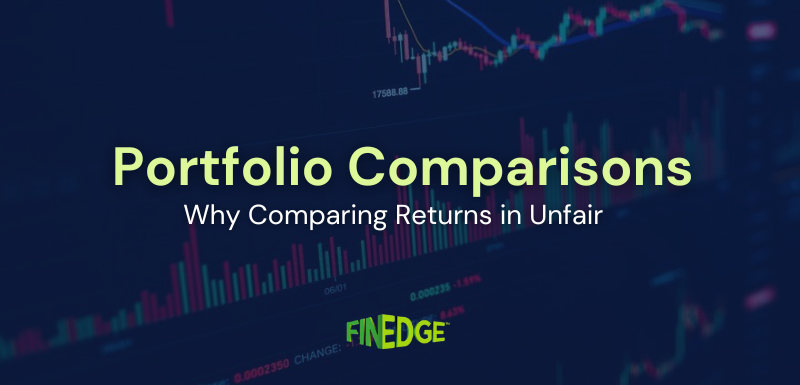Balanced Advantage Funds (Dynamic Asset Allocation Funds): Meaning, Returns, and Taxation
- Balanced Advantage Funds (BAFs) or Dynamic Asset Allocation Funds (DAAFs) flexibly shift between equity and debt depending on market conditions.
- Aim to balance growth and stability, making them less volatile than pure equity funds.
- Taxation depends on equity allocation — equity-oriented funds (≥65% equity) are taxed differently than debt-oriented ones.
- Over 10 years, some funds have delivered 7–12% annualized returns (AMFI data).
- Suitable for investors with moderate risk appetite and long-term horizons.
Balanced Advantage Funds, also called Dynamic Asset Allocation Funds, dynamically manage equity and debt exposure to provide a balance of growth potential and downside protection.
What Are Balanced Advantage Funds?
A Balanced Advantage Fund (BAF), also called a Dynamic Asset Allocation Fund (DAAF), is a hybrid mutual fund that adjusts its mix of equity and debt based on market conditions.
Unlike fixed hybrid funds, BAFs rebalance automatically:
-
When valuations are high, they lower equity and add more debt.
-
When markets are attractive, they increase equity exposure.
This makes them a middle ground between aggressive equity funds and conservative debt funds.
How Do Balanced Advantage Funds Work?
Balanced Advantage Funds use a dynamic approach that includes:
-
Tactical Allocation: Adjusting equity and debt mix using valuation models (like P/E ratio, volatility, interest rates).
-
Rebalancing: Regularly reviewing and shifting asset allocation.
-
Risk Management: Reducing volatility by cutting equity exposure during downturns.
-
Professional Expertise: Fund managers actively monitor markets and make allocation calls.
In short, they simplify investing by letting professionals handle when to buy more equity and when to book safety in debt.
Balanced Advantage Fund Returns (10-Year Data)
Source: AMFI (Association of Mutual Funds in India)
(For information only. Not investment advice or recommendations.)
-
Aditya Birla Sun Life Balanced Advantage Fund – 12.33% (Direct Plan)
-
Bandhan Balanced Advantage Fund – 10.23% (Direct Plan)
-
Bank of India Balanced Advantage Fund – 7.92% (Direct Plan)
Over a 10-year horizon, Balanced Advantage Funds have delivered 7–12% annualized returns, showing that they can combine growth with stability better than static hybrid funds.
Taxation of Balanced Advantage Funds
Taxation of Dynamic Asset Allocation Funds depends on their equity exposure:
-
Equity-Oriented (≥65% equity):
-
Short-Term Capital Gains (STCG): 20% if held for less than 12 months.
-
Long-Term Capital Gains (LTCG): 12.5% on gains exceeding ₹1.25 lakh in a financial year.
-
Debt-Oriented (<65% equity):
-
Gains (both short- and long-term) are taxed at the investor’s applicable income tax slab rate.
Most BAFs maintain ≥65% equity allocation to qualify for equity taxation, making them more tax-efficient than many fixed-income options.
Who Should Consider Balanced Advantage Funds?
Balanced Advantage Funds are suitable for:
-
Moderate risk investors who want equity exposure but with controlled volatility.
-
First-time equity investors looking for a smoother entry point from FDs or debt.
-
Long-term planners (5+ years) seeking balanced, tax-efficient returns.
-
Those aiming for better-than-FD growth without going fully into equities.
They are not risk-free, short-term fluctuations can happen, but their dynamic allocation helps reduce extreme risks.
Balanced Advantage Funds (Dynamic Asset Allocation Funds) provide a middle path for investors, offering growth from equities and safety from debt. Their dynamic rebalancing and professional management make them a compelling option for long-term, moderate investors.
FAQs
Your Investing Experts
Continue Reading
Why Comparing Investment Returns Can Be Misleading
At some point, most investors have compared their investment returns with a friend, a colleague, or a number they saw online and wondered why their outcomes looked different. While this instinct is natural, return comparisons are often incomplete and, in many cases, misleading. Understanding why returns differ is far more important than comparing the numbers themselves.
CAGR vs XIRR vs Absolute Return: Understanding Which Return Really Matters
When reviewing investment performance, investors often come across multiple return figures absolute return, CAGR, and XIRR. While these numbers may appear similar, they measure performance very differently. Understanding what each metric represents, and when to use it, is essential for making informed investment decisions and setting realistic expectations.
Responsible Credit Card Usage: Three Principles Every Consumer Should Follow
Credit cards are powerful financial tools when used correctly, offering convenience, rewards, and short-term liquidity. But when used without discipline, they can quickly turn into high-interest liabilities. Understanding a few essential principles can help you manage your cards responsibly, maintain a strong credit score, and avoid stress caused by compounding debt.


.png)
.png)